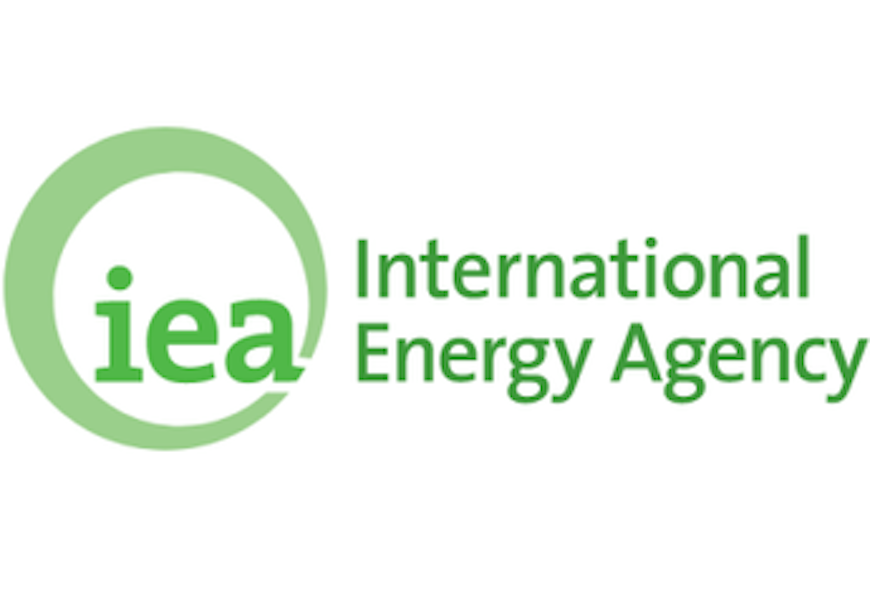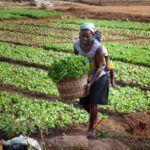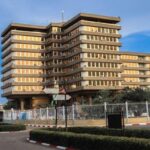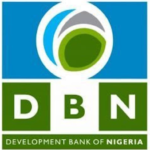An investment of $150 billion is needed to deliver electricity access to all Africans within the next decade, translating to about $15 billion per annum, a new report by the International Energy Agency (IEA), has said.
The report, themed, “Financing Electricity Access in Africa,” acknowledged an increased investment in power on the continent, but well below the levels needed to close the access gap.
According to the IEA report, insufficient capital remains a key obstacle to expanding electricity access for the roughly 600 million people on the continent who currently live without power, outlining essential tools to unlock greater investment and eliminate the access gap.
The new IEA tracking revealed that less than $2.5 billion was committed to new electricity access connections in sub-Saharan Africa in 2023, the most recent year for which full data was available.
“While that is a quarter more than was committed in 2019, it still lags far behind what would be required to provide universal access by 2035,” the report stated.
More than 70 per cent of the investment committed in 2023 came from international public finance, while the private sector contributed less than 30 per cent.
Although 80 per cent of the population without access lives in rural areas, the report pointed out that financing remains skewed towards urban areas.
It is also geographically concentrated, with half of finance flows channelled to only six countries, including Angola, Kenya, Mozambique, Nigeria, Senegal, and South Africa.
To tackle these discrepancies, it is recommended that the continued development of new and innovative financing mechanisms be pursued that can help direct investment towards decentralised energy solutions, such as mini-grids and solar home systems.
It also prescribed targeted financing approaches for communities living in informal settlements, fragile states, and vulnerable humanitarian contexts, which account for a significant share of the population without access today.
The report equally emphasised that beyond connecting households to electricity, additional finance of at least $2 billion per year was necessary to ensure that basic levels of energy service are affordable.
IEA analysis showed that roughly 220 million people in Africa (or about 40 per cent of those without access) are unlikely to be able to afford a “basic bundle” of services, based on today’s income and subsidy levels, while 400 million people would not be able to afford an “essential bundle”.
To tackle this, the agency stated that concessional capital can be deployed to reduce financing costs and open the door for more private sector financing, while governments could consider deploying time-bound subsidies to consumers or developers.
Targeted financing approaches are also needed for communities living in informal settlements, fragile states and vulnerable humanitarian contexts, which account for a significant share of the population without access today, it added.
A highlight of the new report is that for the first time, the IEA used new tracking to gauge electricity access financing commitments.
Ndubuisi Francis












